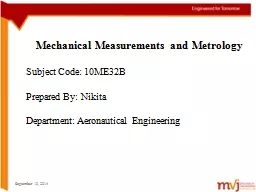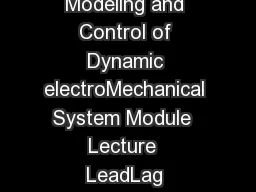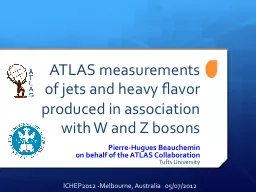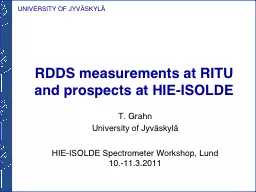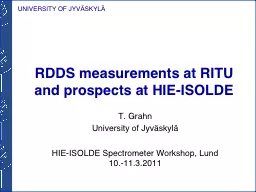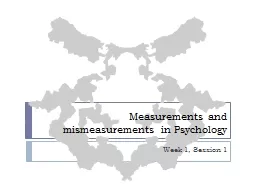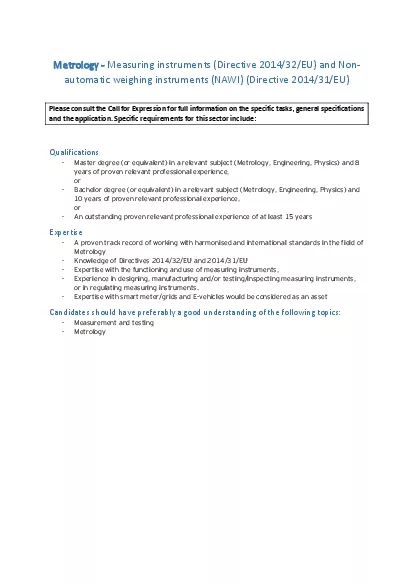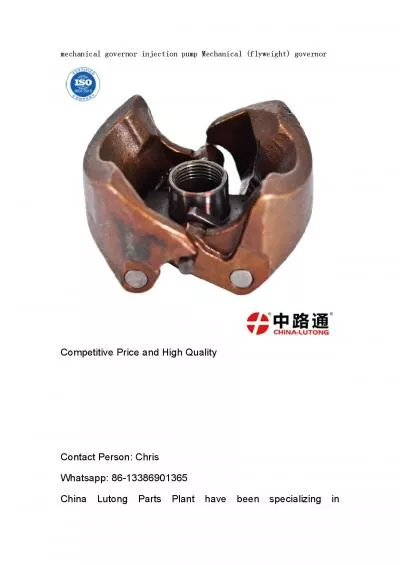PPT-Mechanical Measurements and Metrology
Author : loaiatdog | Published Date : 2020-06-17
Subject Code 10ME32B Prepared By Nikita Department Aeronautical Engineering September 10 2014 1 INTERMEDIATE MODIFYING amp TERMINATING DEVICES UNIT VI September
Presentation Embed Code
Download Presentation
Download Presentation The PPT/PDF document "Mechanical Measurements and Metrology" is the property of its rightful owner. Permission is granted to download and print the materials on this website for personal, non-commercial use only, and to display it on your personal computer provided you do not modify the materials and that you retain all copyright notices contained in the materials. By downloading content from our website, you accept the terms of this agreement.
Mechanical Measurements and Metrology: Transcript
Download Rules Of Document
"Mechanical Measurements and Metrology"The content belongs to its owner. You may download and print it for personal use, without modification, and keep all copyright notices. By downloading, you agree to these terms.
Related Documents

